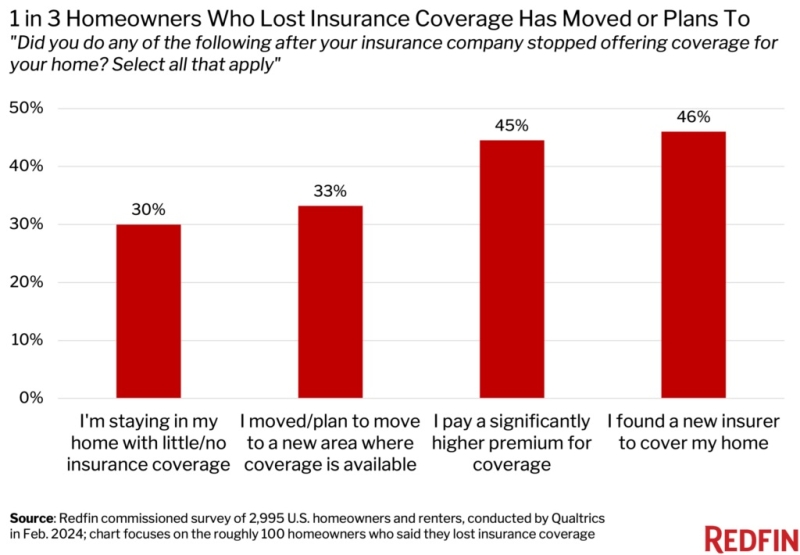Advertisement
HUD releases April loan mod report: 13 percent increase in permanent mods over March numbers

The U.S. Department of the Treasury and the U.S. Department of Housing & Urban Development (HUD) have released April data for the Administration's Home Affordable Modification Program (HAMP) showing that permanent modifications for almost 300,000 homeowners--an increase of 68,000 or almost 13 percent over March. New in this month's report is information about servicer-specific conversion rates to permanent modifications and servicer performance in giving homeowners timely decisions. The data show that there is wide variation among servicers in these areas, further demonstrating the need for transparency regarding servicer performance.
"The number of homeowners receiving significant relief through a mortgage modification continues to rise," said Chief of Treasury's Homeownership Preservation Office (HPO) Phyllis Caldwell. "Our focus now is on improving the homeowner experience and holding servicers accountable for their performance. Increased transparency through more robust reporting of servicer-specific data will contribute handily to those efforts."
"As the number of homeowners receiving permanent modifications continues to increase, the Administration's comprehensive efforts are making an impact in the housing market's overall recovery," said FHA Commissioner and HUD Assistant Secretary for Housing David H. Stevens. "Today, mortgage rates remain at historic lows, around five percent; foreclosure starts are down 27 percent from last year this time; and home prices and the pace of home sales have stabilized in recent months."
Last week, as part of a continued effort to improve servicer performance, the Administration hosted a summit with representatives from participating mortgage servicing companies to discuss ways to move qualified homeowners into permanent modifications, improve homeowners' HAMP experience, quickly implement the Second Lien Modification Program and Home Affordable Foreclosure Alternatives (HAFA), and maintain the pace of new trial modification starts. The Administration also outlined for servicers its plans to begin reporting more detailed performance measures. By July 2010, this reporting will include the eight largest servicers and will focus on servicer compliance, program execution and homeowner experience.
Reporting will include the following:
Servicer compliance with program guidelines
►Results of servicer-level loan-file reviews assessing whether loan files were appropriately evaluated.
►Identification of all compliance activities performed for servicers and a summary of areas identified for future compliance focus.
Program execution
►Average time from start of trial modification to start of permanent modification.
►Servicer implementation timelines for program updates.
►Information about alternatives made available to homeowners ineligible for HAMP.
►Information about alternatives made available to homeowners who fall out of HAMP trial modifications. Alternatives may include non-HAMP modifications, payment plans, and short sales.
Homeowner experience
►Servicer handling of calls from homeowners (speed to answer, hang-up rates.)
►Time it takes to resolve homeowner problems that have been reported by third parties such as housing counselors, attorneys, and congressional and other government offices
Servicer share of homeowner complaints to the Homeowner's HOPE Hotline.
In the coming months, the Administration will continue to enhance its methods of holding servicers accountable for their obligation to provide helpful and timely assistance to struggling homeowners. While enabling eligible homeowners to modify their mortgages is vital to addressing the housing crisis, this program is just one part of the Obama Administration's multi-faceted approach to assisting homeowners and stabilizing the housing market, which also includes state and local housing agency initiatives, tax credits for homebuyers, neighborhood stabilization and community development programs, mortgage refinancing, and support for Fannie Mae and Freddie Mac.
Click here to view the April HAMP report.
For more information, visit www.financialstability.gov.
About the author





